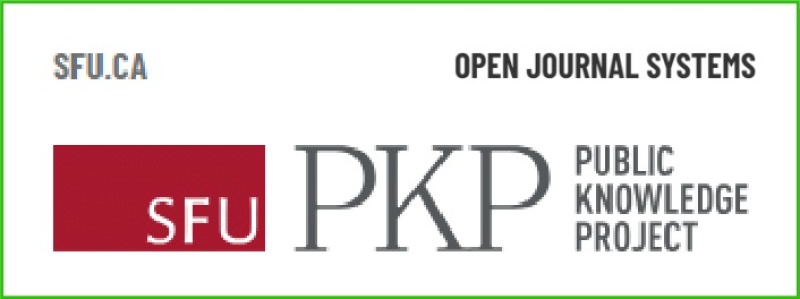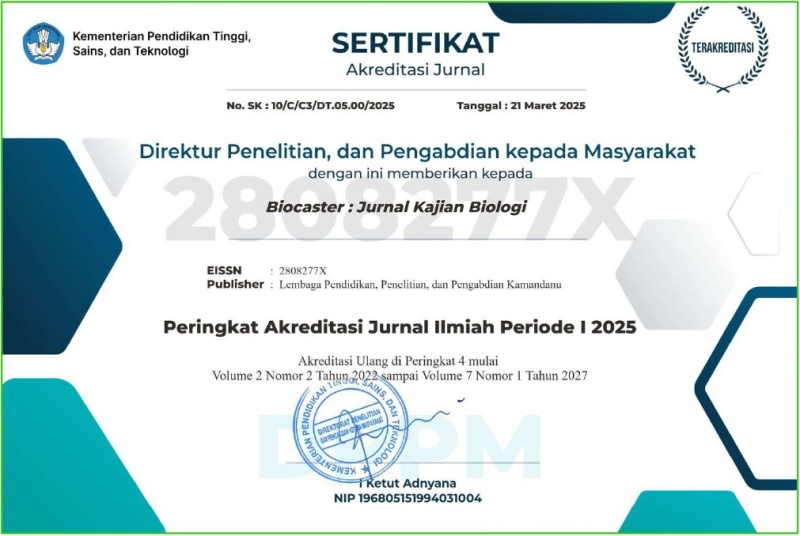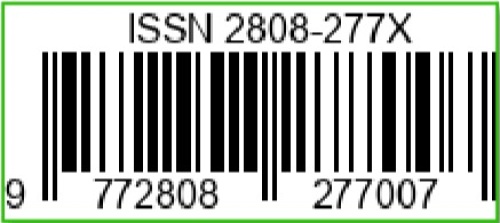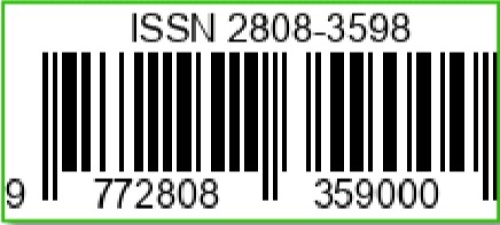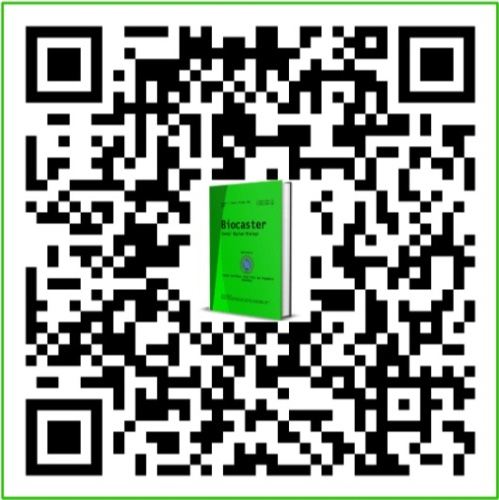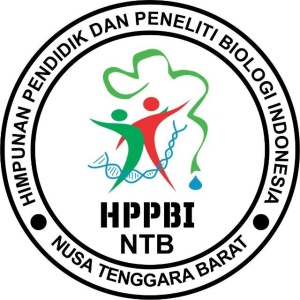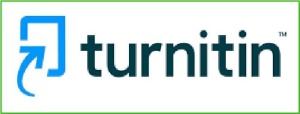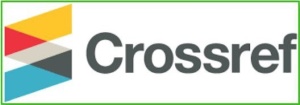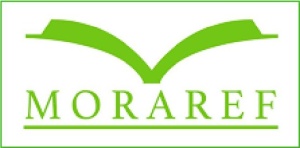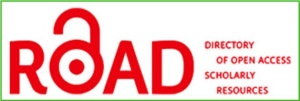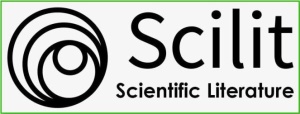Jenis-jenis Gulma yang Ditemukan di Perkebunan Kelapa Sawit PT. Incasi Raya Pangian sebagai Buku Ilmiah Populer
DOI:
https://doi.org/10.36312/biocaster.v5i4.628Keywords:
Popular Scientific Books, Weeds, Oil Palm, Transect Methods, SpermatophytaAbstract
PT. Incasi Raya Pangian is a company engaged in oil palm plantations with a land area of 6,890 hectares, located in Nagari Sinamar, Asam Jujuhan District, Dharmasraya Regency, West Sumatra Province. One of the main problems in oil palm cultivation is the presence of weeds that can reduce productivity by up to 20% through competition in the absorption of water, light, and nutrients. This research aims to identify the types of weeds that grow in oil palm plantations and compile them in the form of popular scientific books as an educational medium for the community and educators. The research was carried out in two stages. The first stage was carried out to obtain research weed data using the 10-meter transect method with five plots measuring 1 m x 1 m which were arranged alternately in the plantation area of PT. Incasi Raya Pangian, Nagari Sinamar, Dharmasraya Regency. The second stage is the preparation of popular scientific books, where weed samples are collected, preserved, and identified using botanical literature at the Botanical Laboratory of the University of PGRI West Sumatra. The results showed that there were 33 species of weeds from 27 families, consisting of 28 species of the Spermatophyta Division and 5 species of the Pteridophyta Division. Some common species include Ageratum conyzoides, Clidemia hirta, and Cyperus rotundus. The popular scientific books produced have the potential to be a source of practical information for the community, as well as support sustainable weed management in oil palm plantations.
Downloads
References
Andana, D. S., Jannah, H., & Safnowandi, S. (2023). Pemanfaatan Bintil Akar Kacang Tanah (Arachis hypogaea) sebagai Pupuk Biologi untuk Pertumbuhan Bibit Cabai Rawit (Capsicum frutescens) dalam Upaya Penyusunan Petunjuk Praktikum Fisiologi Tumbuhan II. Biocaster : Jurnal Kajian Biologi, 3(1), 1-10. https://doi.org/10.36312/bjkb.v3i1.145
Azwar, W., & Afrillah, M. (2023). Vegetasi Gulma pada Perkebunan Kelapa Sawit (Elaeis guineensis Jacq) Unit Perkebunan Bate Puteh PT. Agro Sinergi Nusantara. Biofarm : Jurnal Ilmiah Pertanian, 19(1), 177-185. https://doi.org/10.31941/biofarm.v19i1.3030
Bhara, M. P. L., Wirianata, H., & Rohmiyati, S. M. (2017). Keanekaragaman Gulma di Perkebunan Kelapa Sawit pada Areal Gambut dan Areal Mineral di PT. Primatama Kreasimas. Jurnal Agromast, 2(2), 1-13.
Iswahyudi, H., & Fachrurazi, M. (2021). Inventory of Weeds in Oil Palm Plants (Elaeis guineensis Jacq.) in Balai Pengawasan dan Sertifikasi Benih Perkebunan. Agrisains : Jurnal Budidaya Tanaman Perkebunan Politeknik Hasnur, 6(2), 47-51. https://doi.org/10.46365/agrs.v6i02.409
Jatsiyah, V., Hermanto, S. R., & Sari, S. P. (2023). Penghambatan Pertumbuhan Gulma Sembung Rambat (Mikania micrantha) oleh Bioherbisida Ekstrak Daun Ketapang (Terminalia catappa). Agrovital : Jurnal Ilmu Pertanian, 8(2), 226-229. https://doi.org/10.35329/agrovital.v8i2.4877
Julianti, M. A., Darmanti, S., & Haryanti, S. (2024). Karakteristik Stomata dan Trikoma Lima Spesies Gulma Familia Asteraceae di Waduk Pendidikan Universitas Diponegoro. Buletin Anatomi dan Fisiologi, 9(1), 39-47. https://doi.org/10.14710/baf.9.1.2024.39-47
Mangoensoekarjo, S. (2015). Ilmu Gulma dan Pengelolaan pada Budi Daya Perkebunan. Yogyakarta: Gadjah Mada University Press.
Monica, A., Mulyati, M., & Maizeli, A. (2021). Jenis-jenis Gulma di Perkebunan Kelapa Sawit PTP VI Pematang Sapat Unit Usaha Kebun Risma Kecamatan Rimbo Bujang Kabupaten Tebo Provinsi Jambi sebagai Buku Ilmiah Populer. In Prosiding Seminar Nasional Biologi Edukasi (pp. 241-252). Padang, Indonesia: Universitas PGRI Sumatera Barat.
Murtilaksono, A., Adiwena, M., Santoso, D., Rahim, A., & Hasanah, F. (2021). Identifikasi Gulma di Lahan Pertanian Hortikultura Kecamatan Tarakan Tengah Kalimantan Utara. Agropross : National Conference Proceedings of Agriculture, 5(1), 289-297. https://doi.org/10.25047/agropross.2021.232
Murtilaksono, A., Presanthi, R., Lestari, S. A., & Adiwena, M. (2023). Pengaruh Kehadiran Gulma pada Tanaman Sawi (Brassica juncea L.) terhadap Sebelum dan Setelah Pemberian Pupuk Limbah Udang. Agriprima : Journal of Applied Agricultural Sciences, 7(1), 72-78. https://doi.org/10.25047/agriprima.v7i1.487
Nabila, F., Sulistyowati, D., Isolina, I., Yani, R., Sigit, D. V., & Miarsyah, M. (2021). Keanekaragaman Jenis-jenis Epifit Pteridophyta dan Epifit Spermatophyta di Kawasan Kebun Raya Bogor. In Proceeding of Biology Education (pp. 36-50). Jakarta, Indonesia: Universitas Negeri Jakarta.
Nufvitarini, W., Zaman, S., & Junaedi, A. (2016). Pengelolaan Gulma Kelapa Sawit (Elaeis guineensis Jacq.) Studi Kasus di Kalimantan Selatan. Buletin Agrohorti, 4(1), 29-36. https://doi.org/10.29244/agrob.v4i1.14997
Saleh, A., Dibisono, M. Y., & Gea, S. U. (2020). Keragaman Gulma pada Tanaman Kelapa Sawit (Elaies guineensis Jacq.) Belum Menghasilkan dan Sudah Menghasilkan di Kebun Rambutan PT. Perkebunan Nusantara III. Jurnal Agro Estate, 4(1), 1-10. https://doi.org/10.47199/jae.v4i1.131
Sanusi, M., Rusmarini, U. K., & Kautsar, V. (2024). Perbedaan Intensitas Penyinaran terhadap Komposisi Gulma di Kebun Kelapa Sawit. Agroforetech, 2(2), 598-605.
Silalahi, M. (2020). Phyllanthus amarus Schum dan Bioaktivitasnya. Quagga : Jurnal Pendidikan dan Biologi, 12(1), 44-51. https://doi.org/10.25134/quagga.v12i1.2
Tanasale, V., Talakua, M. A., Pattiselanno, F., & Kakerissa, Y. (2022). Identifikasi Jenis Gulma di Areal Pertanaman Kelapa di Negeri Suli Kecamatan Salahutu Kabupaten Maluku Tengah. Jurnal Pertanian Kepulauan, 6(2), 114-126. https://doi.org/10.30598/jpk.2022.6.2.114
Downloads
Published
How to Cite
Issue
Section
License
Copyright (c) 2025 Karina, Nursyahra, & Liza Yulia Sari

This work is licensed under a Creative Commons Attribution-ShareAlike 4.0 International License.
-
Attribution — You must give appropriate credit, provide a link to the license, and indicate if changes were made. You may do so in any reasonable manner, but not in any way that suggests the licensor endorses you or your use.
-
ShareAlike — If you remix, transform, or build upon the material, you must distribute your contributions under the same license as the original.


